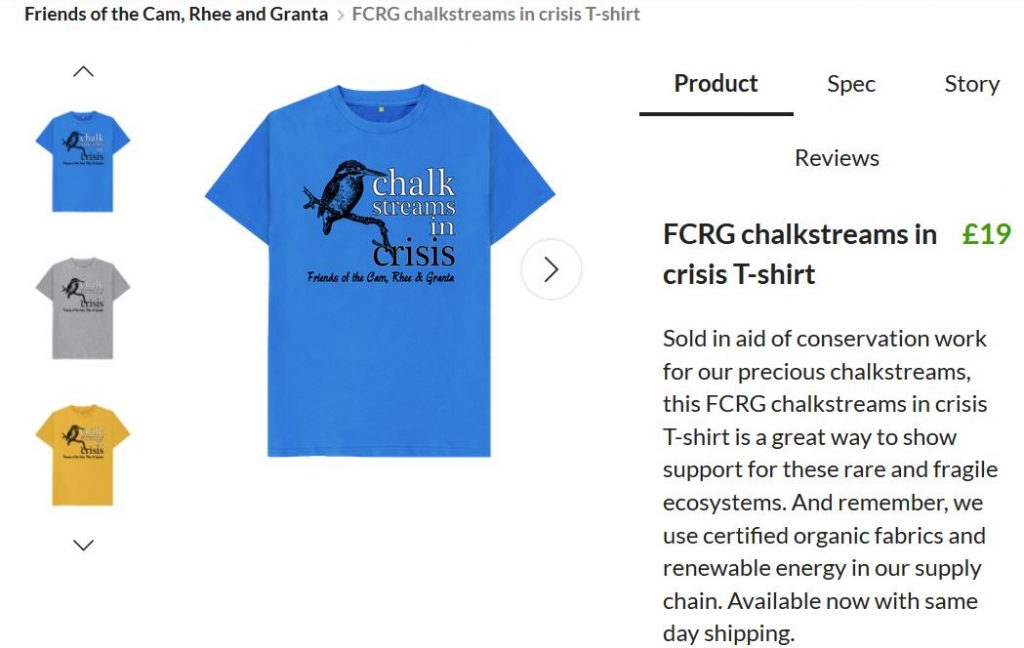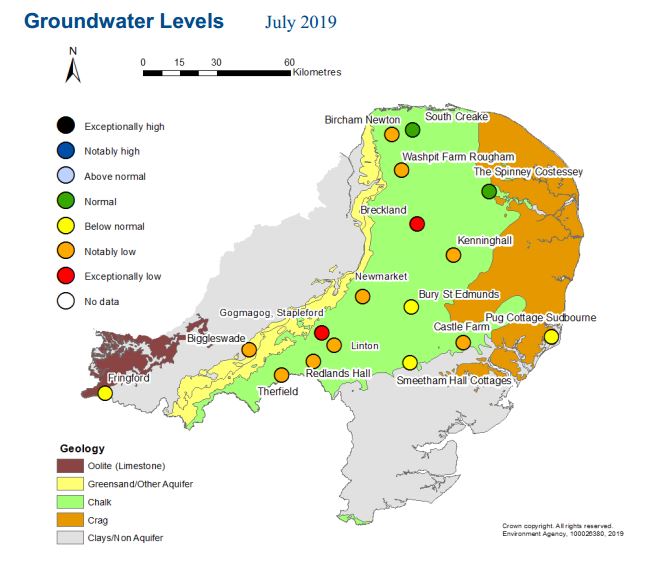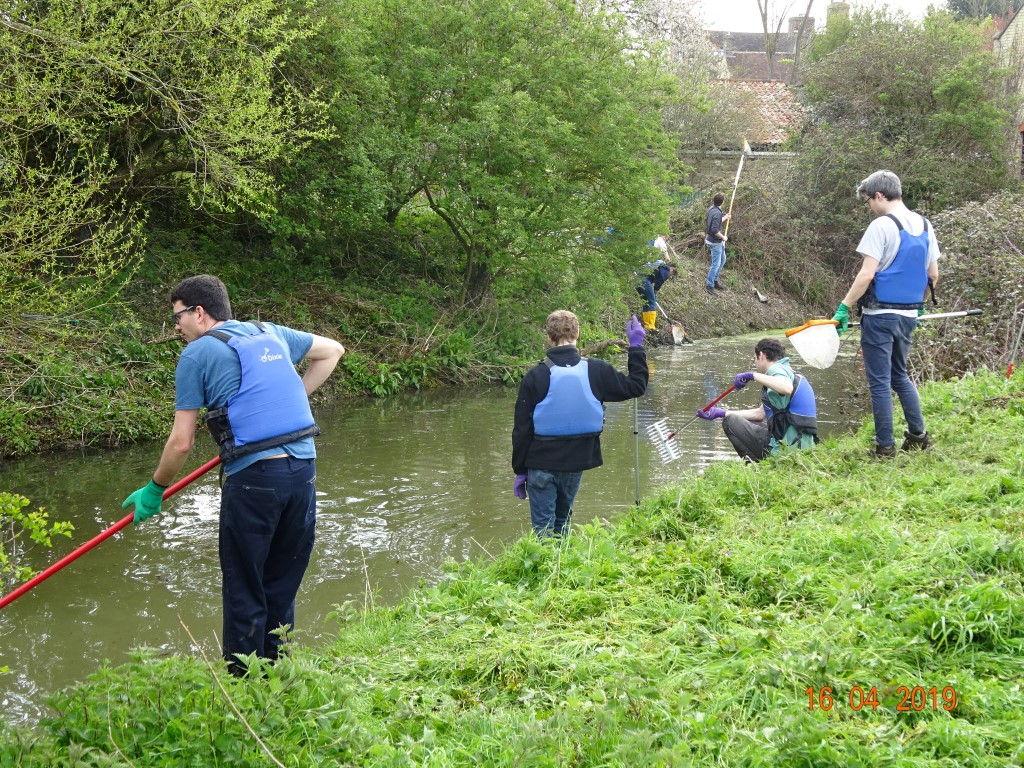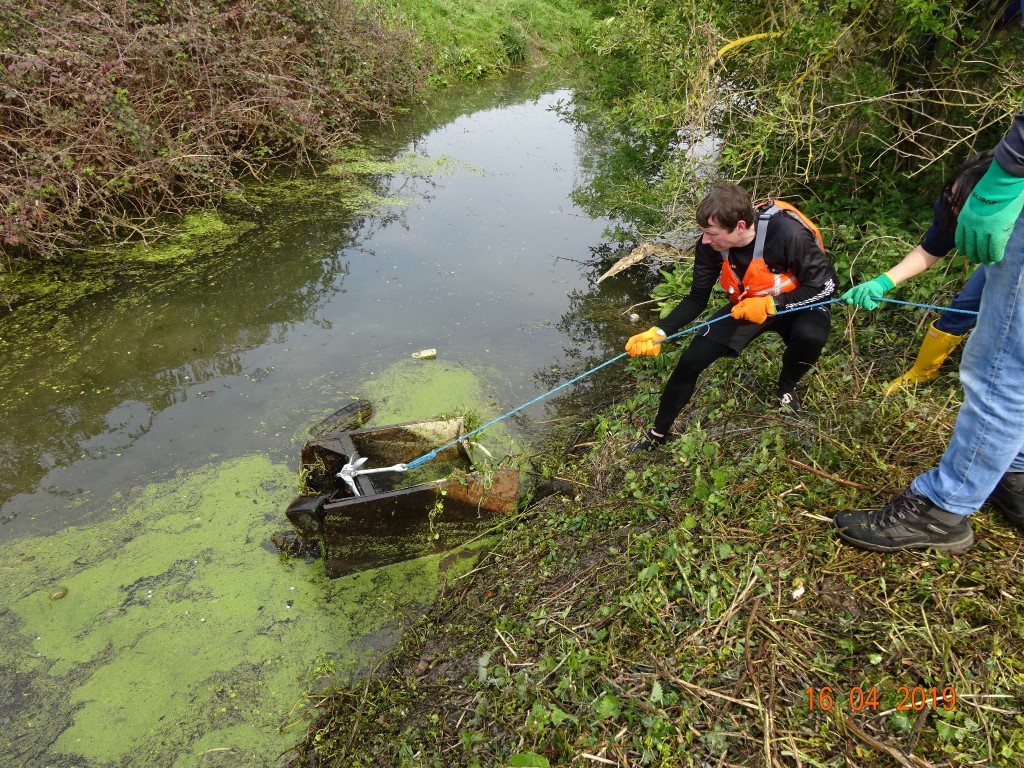During the coming months, in view of the considerable threat posed by the risk of viral transmission through close person to person contact please note the following:-
We shall not be organising group field visits, conservation work-parties or face-face committee meetings until further notice
We will continue our monitoring and campaigning activities and so welcome being alerted to River Cam related issues and to any of your observations of INNS (Invasive, Non-Native Species) such as Floating Pennywort or Himalayan Balsam. e-mail: info@camvalleyforum.uk We will continue to maintain a log of observations of INNS on our website, and identify hotspots where individual action would be useful. https://camvalleyforum.uk/
We shall of course continue our occasional newsletter Cam Valley Matters, edited by David Brooks. Please do send us your River news. e-mail: info@camvalleyforum.uk
We encourage all our members and supporters to remain engaged with the natural environment to the extent that it is permitted.
However, irrespective of the dangers of COVID-19, rivers and watercourses are dangerous, particularly if you are on your own. If you wish to carry out conservation work, we strongly advise you to carry out your own risk assessment before starting work. For the avoidance of doubt, note that you will not be covered by CVF insurance during these self-organised outings.
19 March 2020
This policy will be revised at intervals, in accordance with government and scientific advice. Our latest version can be downloaded here



















